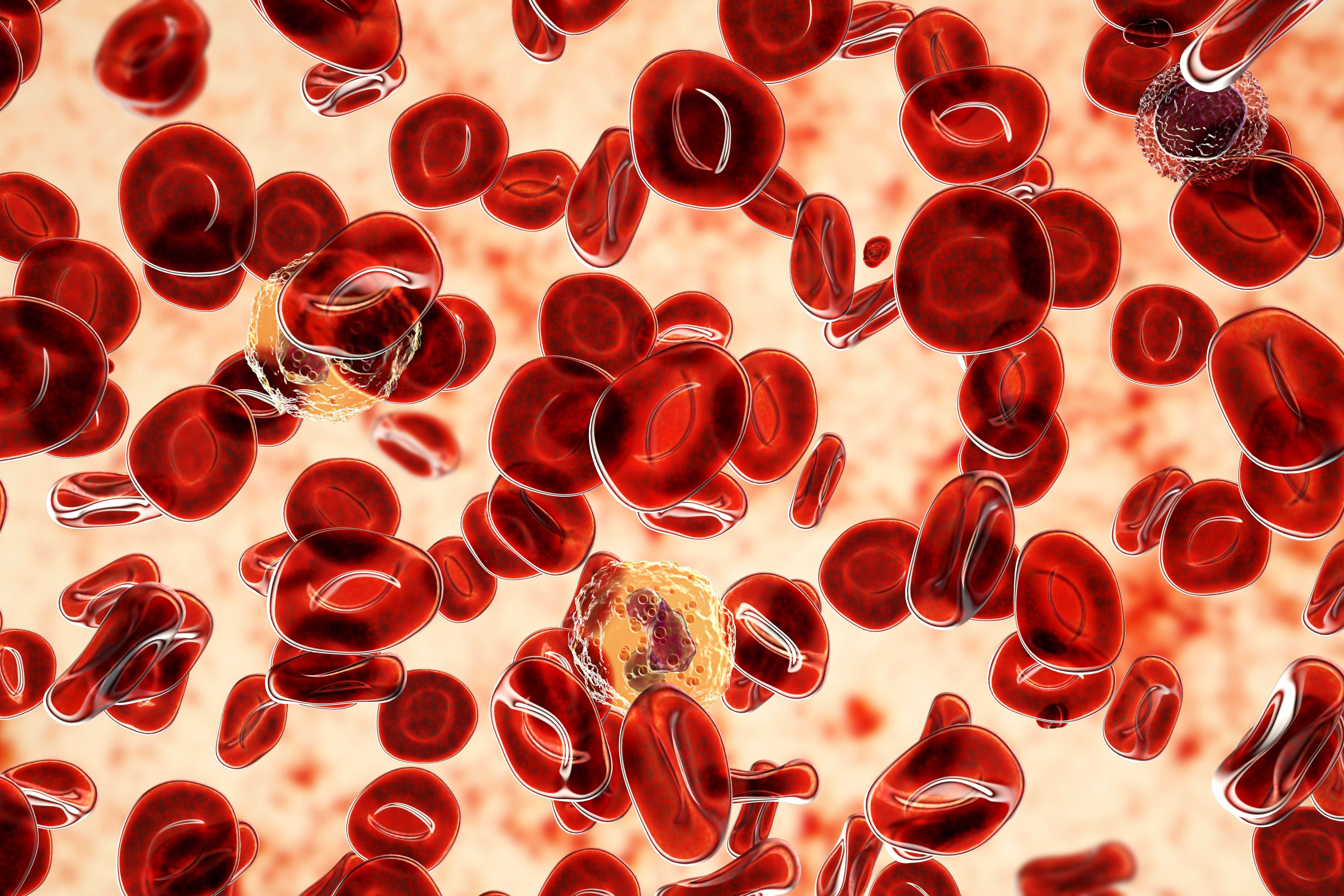Article
Investigational Drug Gives Hope to Patients With Rare but Aggressive Blood Disease
Author(s):
A new investigational drug has demonstrated high response rates in patients with a rare but highly aggressive blood disease that currently has no approved therapies, according to new research led by investigators at The University of Texas MD Anderson Cancer Center.
A new investigational drug has demonstrated high response rates in patients with a rare but highly aggressive blood disease that currently has no approved therapies, according to new research led by investigators at The University of Texas MD Anderson Cancer Center.
The findings of the phase 2/3 multicenter, multicycle clinical trial will be presented December 3 at the 60th American Society of Hematology Annual Meeting and Exposition.
Blastic plasmacytoid dendritic cell neoplasm (BPDCN) has a low overall survival of approximately just 8 to 14 months from the time of diagnosis. Patients in the trial who were treated with tagraxofusp had an overall response rate of 90%. The novel targeted therapy is directed at CD-123, an interleukein-3 receptor-α.
In stage 1 of the study, first-line and relapsed/refractory patients with BPDCN received the therapy as an intravenous infusion at 7, 9, or 12 mcg/kg on days 1 to 5 of a 21-day cycle. Stage 2 was an expansion of the trial and enrolled both first-line and relapsed/refractory patients to be treated with a 12 mcg/kg dose. Stage 3 was a pivotal trial that enrolled only first-line patients.
A total of 32 patients were enrolled in stages 1 and 2 and an additional 13 were enrolled in stage 3. Patients continued to be enrolled for the next stage of the trial, which ensured ongoing access to tagraxofusp. The median follow-up for all first-line patients treated with the 12 mcg/kg dose was 13.8 months.
The most common treatment-related adverse events (TRAEs) at the 12 mcg/kg dose were transaminitis, which indicates unusually high levels of transaminase enzymes (44%); hypoalbuminemia, or an abnormally low level of the albumin protein in the blood (44%); and thrombocytopenia, which is low blood platelet count (26%). The most serious TRAE was capillary leak syndrome, which occurred in 17% of all patients enrolled, and 0.7% of cases across all indications at the 12 mcg/kg dose and 1.6% of cases across all doses resulted in death.
“These findings give us hope for patients who have had no treatments specific to this disorder,” Naveen Pemmaraju, MD, associated professor of leukemia at The University of Texas MD Anderson Cancer Center, and lead author of the study, said in a statement.
Tagraxofusp received Breakthrough Therapy Designation for the treatment of patients with BPDCN and it has a rolling biologic license application with the FDA. It is also being investigated in other trials for patients with chronic myelomonocytic leukemia and myelofibrosis.
Reference
Pemmaraju N, Lane AA, Sweet KL, et al. Results of pivotal phase 2 clinical trial of tagraxofusp (SL-401) in patients with blastic plasmacytoid dendritic cell neoplasm (BPDCN). Presented at: 60th American Society of Hematology Annual Meeting and Exposition; December 3, 2018; San Diego, CA. Abstract 756.




